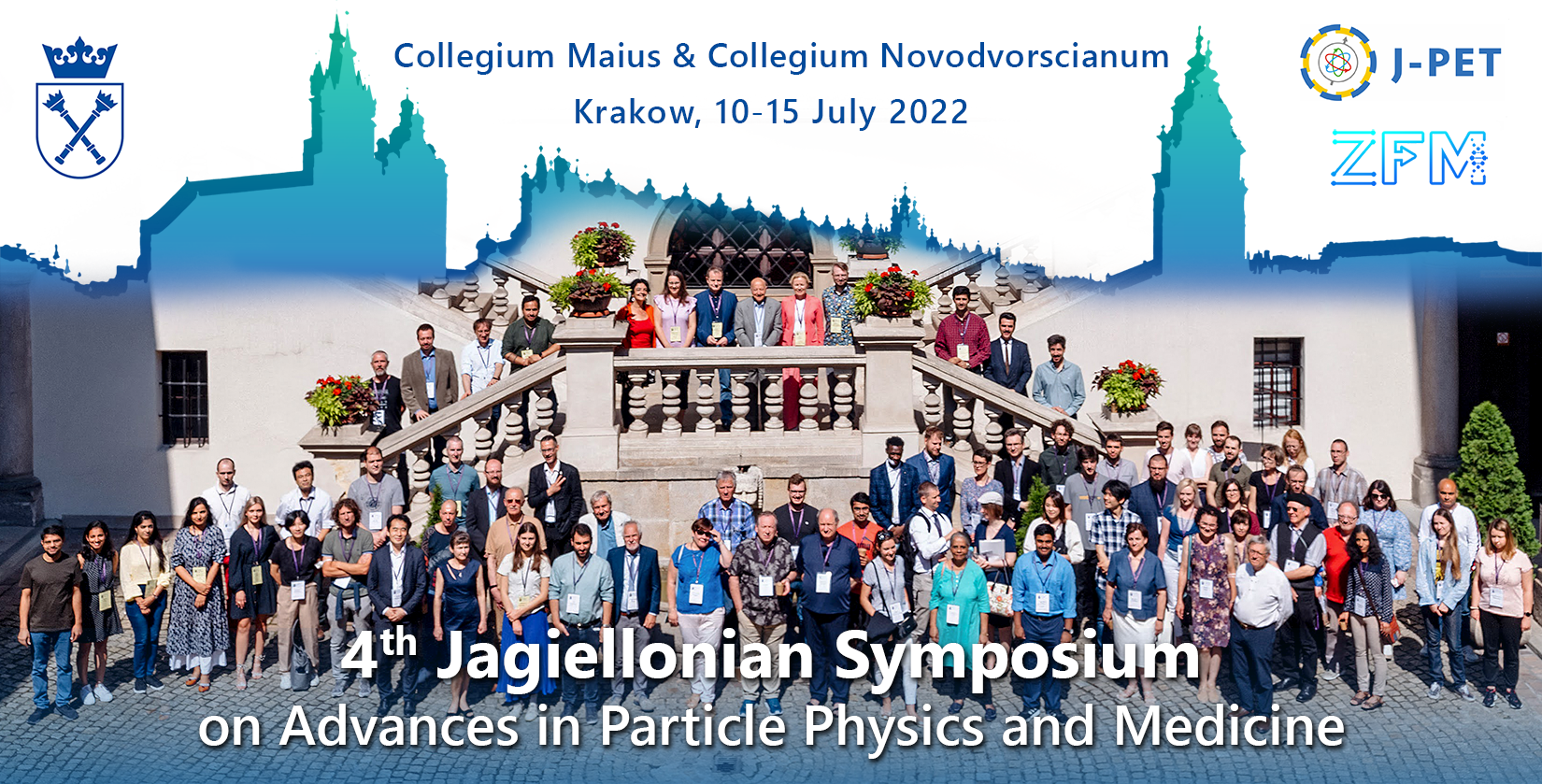Speaker
Description
The spectroscopic investigation of nuclei at high spin states has led to many discoveries, e.g., exotic shapes, super-deformation, shape coexistence, and chiral symmetry. In this endeavor, the accurate spin-parity assignment to nuclear states is crucial. Many studies in the literature have focused on finding the directional correlation ratios (DCO) for the assigning spins without any polarization measurement for parity determination. The use of polarization-directional correlation (PDCO) [1] not only determines the parity, but can also easily distinguish stretched and non-stretched γ-transitions, allowing to establish both spin and parity. We have confirmed some earlier tentative spin-parities in 128I and 129Xe and modified a few of them with our new results on mixing ratios using PDCO. It is needless to mention here that a fresh understanding of the nuclear structure is required if the spin-parity of the bandhead state is changed.
We performed an experiment via the fusion-evaporation reaction – 11B (124Sn; α3n, p5n) 128I, 129Xe – using the Pelletron accelerator at the Tata Institute of Fundamental Research (Mumbai, India). The experimental set-up (INGA) consisted of 21 Compton suppressed HPGe clover detectors. The list-mode data [2] were utilized to construct the asymmetric matrix for finding PDCO. We used 90∘ detectors as polarimeters (θpil) and all other detectors as directional detectors (θdir), and followed the PDCO formalism by Droste et al. [1].
For the case of 129Xe, we assigned [3] the bandhead spin-parity 21/2+ to a 2180 keV state decaying via 604 keV γ-ray, based on only the DCO information. Our finding (21/2+) and other available results for the same state – 19/2+ by Huang et al. [4] and 19/2– by Helppi et al. [5] – were all in complete disagreement. So, it became imperative to confirm our assignment by further analyzing the PDCO data, which enabled us to establish the same state 21/2+. Moreover, there were other discrepancies, and we could resolve them by critically examining the PDCO contour plots, i.e., polarization (P) vs. DCO ratios (RDCO) for different values of mixing ratios. It was possible to distinguish stretched and non-stretched transitions. Notably, no polarization measurement existed in the literature prior to our work.
In the context of using polarization correlation of coincident γ-rays, the property of entanglement (orthogonal polarization) of annihilation photons (511 keV) has immense potential in positron emission tomography (PET). It can help classify the true coincidence events amongst the scattered, random, and multiple events. However, the research area has not been fully explored, probably because of experimental difficulties. Only a few simulation-based studies exist [6, 7]. We have also tried a preliminary study [8] with many simplified assumptions but have not yet succeeded in improving the image quality.
[1] Ch. Droste et al., Nucl. Instr. Meth. Nucl. Res. A 378 (1996) 518.
[2] U. Lamani et al., Nucl. Phys. A 1014 (2021) 122220.
[3] V. K. Pasi et al., JPS Conf. Proc. 6 (2015) 030016.
[4] Y. Huang et al., Phys. Rev. C 93, (2016) 064315.
[5] H. Helppi et al., Nucl. Phys. A 357 (1981) 333.
[6] A. L. McNamara et al., Phys. Med. Biol. 59 (2014) 7587.
[7] M Toghyani et al., Phys. Med. Biol. 61 (2016) 5803.
[8] Satyajit Ghosh, Ph. D. thesis submitted (2022), IIT Bombay, India.

